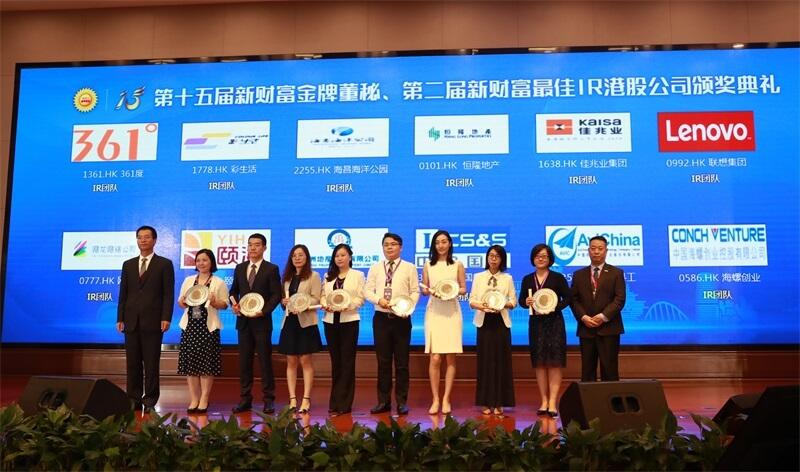SA President Zenichi Kato
By 2030, Japan aims to optimize energy consumption by controlling home equipment and home appliances. , Aiming for the spread of "smart houses" in all households. However, the initial cost is not cheap, and construction companies are reluctant. However, Zenichi Kato, president of SEA (Joetsu City, Niigata Prefecture), which provides management consulting services to building contractors, says that building contractors should work on smart houses in the future.
[Interviewer/News Manager Yoshinori Fukuda]
The FIP system as a material for popularization
-Why is your company putting effort into popularizing smart houses?
A smart house can be self-sufficient in energy without buying electricity from a power company, such as using solar power during the day and power stored by an EV vehicle at night. Moreover, surplus electricity can be sold, so the smart house is not a liability but an asset that generates energy. However, the domestic penetration rate is currently low. I would like the builders to work on this energy reform.

--What do you need for smart house equipment?
First, you'll need a HEMS and a smart distribution board to manage your home's electricity usage. These simple linkages automatically determine electricity demand and supply. For example, if it's a sunny morning, the sunlight will be used to prepare breakfast, and if it's raining, the electricity from the EV will be used to prepare breakfast. In addition, it is possible to efficiently generate and store electricity while saving electricity, such as by charging the storage battery with excess electricity during the daytime due to good weather.
――However, a smart house requires renovation costs and vehicle costs, such as solar panels, Eco Cute, and V2H equipment that supplies electricity stored in EV cars to the house.
If you estimate cheaply, it will be about 5 million yen including solar panels, EV vehicles, V2H equipment, and construction costs. The customer's burden is only a few tens of thousands of yen per month.
--Can you get your money's worth?
The calculation is based on an example of a family of four with both husband and wife working. Assuming that the daily power generation is 44.7 kilowatts, after subtracting 5 kilowatts of in-house power consumption, the remaining power of 25.7 kilowatts will be sold. Then it will be about 13,000 yen per month. If you add the conventional electricity bills and gasoline prices, the economic effect per month will be about 50,000 yen.
――Then, it will be 600,000 yen in one year, and 6 million yen in 10 years.
A calculation that pays off in 10 years. Furthermore, the FIP system, which started in April this year, will be a material for the spread of smart houses. Under the feed-in tariff system (FIT system) that started in 2012, it was decided in advance to purchase at 19 yen per kilowatt last year and 17 yen this year, but the price has been declining. On the other hand, the FIP system is a system to trade electricity by adding a certain amount of subsidy to the market price. Since it is linked to the price of electricity freely sold in the wholesale electricity market, for example, if the market price is 50 yen, electricity will be sold at 60 yen next year. The electricity stored in the smart house can be sold when the wholesale price in the market is high, so the economic effect can be expected to improve.
--The policy is a big boost, isn't it?
Electricity prices in Japan have continued to rise since 3/11, when nuclear power plants were shut down, and are now double what they were at the time. If decarbonization progresses, prices will increase further. Also, from 2035, only EV cars will be sold in Japan, and each manufacturer plans to sell them at a low price of 1 million to 2 million yen. As the number of EV vehicles increases, V2H systems, which supply electricity stored in EV vehicles to homes, will also become popular. This is because not only can an EV be charged from a household power source, but the power stored in the EV can also be used to supply up to 6 kilowatts of household power. In other words, if you have that much, you can use the EV car as a backup power supply in the event of a power failure. In addition, it is impossible to charge the car while it is wet in the rain, so construction companies can recommend a solar carport with shutters, including V2H theft prevention. We can expect sales promotion of exterior products.
――The smart house costs the initial cost, but the customer can expect a return, and the construction company seems to have a lot of potential in the future.
A smart house is something that you can take pride in providing eternal value that will make people who live in it feel good about building it. If it becomes more widespread, houses will eventually be connected to each other, and it will become possible to "locally produce and consume energy" like a single power plant in the area.
Independently developed net zero energy house
